What we consider a "normal" phone size today would feel downright gigantic just a few years ago. And that normalization of large phones has made it even easier for companies to make even bigger phones at the very top end of their lineup. When you need some size to give you the largest screen and most capabilities, the Galaxy S20 Ultra is the best big Android phone around. Not only does it have a huge display, but it's a great display — and everything else about the experience backs it up.
Best Overall: Samsung Galaxy S20 Ultra
The Galaxy S20 Ultra's size is true to its name, with an absolutely huge 6.9-inch screen. The screen is once again the best in the industry, following in the footsteps of every other Samsung screen, and it has a superb 120Hz refresh rate mode that will spoil you for any other phone.
The rest of the phone is unapologetically large, making room for a 5,000mAh battery, all of the latest specs, and an impressive camera array. Those cameras give you great photos in a variety of lighting conditions, and impressive zoom shots at up to 15X. Samsung's software still takes a bit of organizing and fine-tuning to work just right, but is extremely powerful.
Pros:
- Massive high-quality screen
- Huge battery
- Super-sharp main camera shots
- Solid zoom camera up to 15X
- Necessarily big and heavy
Cons:
- Great battery limited to 60Hz mode
- Slow fingerprint sensor
- No headphone jack
- 30X+ zoom is a gimmick
Best Overall
Samsung Galaxy S20 Ultra
$1400 at Samsung From $1159 at Amazon From $1200 at Best Buy
Samsung goes all-out
Take the S20+ and turn it up a notch — all of the same qualities, but with an even bigger screen and battery, plus improved cameras.
Best With a Stylus: Samsung Galaxy Note 20 Ultra
It's easy to argue that the Galaxy Note defined the "phablet" category so many years ago, and it remains the standard several generations onward. The Note 20 Ultra has a massive 6.9-inch display that is one of, if not the best, in the industry. The rest of the hardware experience is as solid as it is beautiful and conceals a packed spec sheet capable of powering anything you want to do. Battery life is excellent, as is its charging speed. It all adds up to a complete package for anyone who wants a do-everything big-screened phone.
What stands out for its significant performance upgrade is the S Pen. Whether you've loved the feature or been indifferent to it, this is the best implentation on any Samsung phone to date. Now, anytime you write with it, there's virtually no lag between the pen's tip and what you see onscreen. Removing that latency with the help of some smart AI, Samsung crawls just a little closer to emulating the feeling putting pen to paper. You can write, annotate, sign, and draw, but also remotely control the phone wirelessly to take photos, advance presentations and more.
The Note 20 Ultra does borrow plenty from the S20 Ultra, but manages to improve on certain features, particularly the camera's autofocus and image output. You get a more efficient camera to shoot with, despite the larger bump on the phone's back. You also get a nicer matte finish, with mystic bronze standing out as a popular color. This phone's identity is centered around the S Pen, which makes it a contender for best big Android phone.
Pros:
- Incredible, huge display
- Hardware looks and feels expensive
- Outstanding performance
- Great battery life and fast charging
- Improved stylus performance
- Better camera output
Cons:
- Inconsistent in-display fingerprint sensor
- Software requires tweaking
- Low-light camera still needs work
- Expensive
Best With a Stylus
Samsung Galaxy Note 20 Ultra
From $1099 at Amazon From $1400 at Best Buy From $1099 at Walmart
The phone that defined what 'phablet' meant
The Note 20 Ultra takes Samsung's ambition with its S Pen and applies it well to one of the most attractive screens on any phone.
Best Value: Samsung Galaxy A71
The Galaxy A71 is Samsung's best attempt at a mid-ranger this year. The Snapdragon 730 is decidedly not flagship material but still delivers performance perks. The 6.7-inch display is vibrant and maintains much of what makes Samsung's screens so beautiful, along with a 4,500mAh battery that runs through a full day with time to spare. With good levels of storage, RAM, and software optimization, like Game Booster, this is a mid-range device with plenty of range.
All that works nicely with a set of decent cameras that borrow many features from the company's flagships. You may not match the output in every situation, but good shots are more than possible here. With Android 10 and Samsung's One UI out of the box, the phone should also be poised for updates later on.
Pros:
- Beautiful display for the money
- Excellent battery life
- Solid performance
- Android 10 out of the box
- Quad rear camera array
Cons:
- No water resistance
- No wireless charging
- Slow fingerprint sensor
Best Value
Samsung Galaxy A71
$369 at Amazon $550 at Best Buy $400 at Walmart
Getting a great Galaxy experience for hundreds less.
The Galaxy A71 is made for the budget-conscious, yet it still crams in enough of the good stuff to make it a great balance between price and capabilities.
Best on a Budget: Moto G Power
If you want real bang for your buck and spend all those extra hundreds (for a flagship) elsewhere, then the Moto G Power might satisfy your modest needs. This phone won't blow anyone away, but that is partly the point. Its understated design and feature set make it ideal for those looking for a smartphone to do the basics well. You can measure its battery life over more than a day, and the screen is still good for the price.
While the camera setup can take decent shots for its price range, it can struggle in low-light. Then there's the bizarre decision not to include NFC, making Google Pay a non-starter on this device. If you're cool with trade-offs like that, you probably won't be disappointed with the package crammed in here.
Pros:
- Outstanding battery life
- Decent camera performance
- Works with all U.S. carriers
- Amazing price
Cons:
- No NFC support
- No fast charging
- Software updates unclear
Best on a Budget
Moto G Power
$230 at Amazon$180 at Best Buy$249 at Walmart
A phone that sticks to the fundamentals and just works
Outstanding battery life and consistent performance make this budget buy stand on its own.
Best Camera: Google Pixel 4 XL
The Pixel 4 XL has the best overall camera you can get on an Android phone, much less a big Android phone. In daylight, mixed-light, and even super-low-light, it consistently takes better photos than any competitor. While we had issues with the 3 XL's speed, the camera app is also now fast and fluid. A secondary telephoto lens, paired with clever software, takes great zoom shots. Its front-facing camera isn't as wide as before, and that's the only marginal downside here. It still takes crisp, colorful, and bright photos, along with great portrait selfies.
Its screen, coming in at 6.3 inches, is right on that borderline of what you'd consider a phablet. Luckily, the screen quality is excellent and has a 90Hz refresh rate — but again, this phone is all about its camera and software.
The Pixel 4 XL, as a whole phone, is, unfortunately, let down by a few shortcomings. Its battery life is the weakest of the big Android phone competition. It has lower RAM (6GB) and storage (64GB) than the rest, too, and its face unlock system has only been adopted by a handful of apps. However, that shouldn't detract from all of the great things this phone does — and it is still entirely in the conversation of the best phones you can get today.
Pros:
- Super-smooth 90Hz display
- Simple, useful and fast software
- Extremely fast face unlock
- Top-notch camera quality back and front
- Nice-looking and feeling hardware
Cons:
- Incredibly weak battery life
- Motion Sense has little real-world use
- Low RAM and storage for the money
- Lots of app incompatibility with face unlock
Best Camera
Google Pixel 4 XL
$650 at Amazon $650 at Best Buy
The best camera you can get in a smartphone today
The Pixel 4 XL has excellent hardware and the best camera but is let down by weak battery life and specs for the money.
Most Versatile: OnePlus 8 Pro
OnePlus was once an upstart that undercut almost everyone else on price while cramming in flagship features to add real value to every device. But the last couple of years have seen the company creep into flagship pricing, and that's exactly where the 8 Pro fits in. The combination of hardware and software makes this one of the best spec-for-spec big Android phones around, and since performance doesn't disappoint, it's worth real consideration. OxygenOS is about as good as stock Android, and OnePlus is especially prudent at pushing out updates to make it better.
The 6.78-inch AMOLED screen is gorgeous, with the company maintaining the beautiful color and finish on the back. A 120Hz refresh rate offers one of the smoothest experiences on any phone, though it always helps when the interface's visuals are easy on the eyes.
It also helps that OnePlus corrected some snafus with the camera in previous models, so better photos are likely because of it. Unfortunately, they didn't extend to the telephoto lens, which uses a hybrid zoom, rather than an optical one to get closer. Battery life is excellent for the phone's size and performance, and the company finally added wireless charging support.
Pros:
- Large, beautiful 120Hz display
- OxygenOS is an excellent experience
- Improved camera performance
- Wireless charging support
- Solid battery life
Cons:
- No longer priced in mid-range
- Limited 5G compatibility in U.S.
- Telephoto camera isn't true optical zoom
- Can be buggy at times
Most Versatile
OnePlus 8 Pro
A phone whose parts make up an impressive sum
The OnePlus 8 Pro has a super smooth display, better camera, and solid battery life, making it among the best phones available.
Best Audio Quality: LG V60 ThinQ
LG doesn't always get love for what it includes or maintains, as much as it gets flack for what it excludes or misses. Despite that, the company has been consistent in making audio a priority on its phones, and it starts with the headphone jack. How often do you see that on a flagship device nowadays? Having it is convenient if you want to plug in a wired pair of cans, but there's another reason to do it. The V60 has a Quad DAC (digital-to-analog converter) supporting audio files up to a 32-bit, putting it in audiophile territory.
The tech behind all that is complicated, but it's presented simply because it's already on by default. Under settings, there are options for equalizer, 3D audio, presets, and more. There is a caveat in that not all streaming and music apps use the DAC, so you would have to download an app like USB Audio Player Pro ($8 on Google Play) to replace the stock music player and link to popular streaming apps. Unfortunately, Spotify still doesn't work with it.
The audio prowess extends to capturing better audio when shooting video, too. It does a better job than competitors to separate the foreground subject from the background, and also works really well with microphone attachments, in case you want to go the extra mile.
Pros:
- Great screen
- Option to include dual screen
- Extensive audio options
- Solid battery life
- Includes headphone jack
Cons:
- Software needs an overhaul
- Camera has room for improvement
- No 90 or 120Hz refresh rate
- Cumbersome size with dual screen
Best Audio Quality
LG V60 ThinQ
A phone that can split in two, but also boost what you listen to
The LG V60 ThinQ shines as one of the most useful and feature-laden phones when it comes to how well audio plays on it.
Best Value Outside the U.S.: Huawei P30 Pro
The Huawei P30 Pro is still a beast by 2020 standards, and its bread and butter is the sheer depth of its camera. Much of what the Chinese giant has done in its phones have influenced what others have done to compete for the best big Android phones . The Night mode is one of the best available. It offers a level of manual control that no other brand currently does, given you can adjust ISO, shutter speed and stop exposure midway to get the composition you want. Monochrome mode is excellent for black and white flair, while the Pro mode produces amazing results once you learn how to use its tools.
While Huawei's EMUI leaves plenty to be desired in both its visuals and navigation focus, it is at least getting better. Plus, the P30 Pro isn't subject to the ongoing feud with the U.S. government, meaning it still gets Android and security updates. The phone is otherwise robust and offers solid battery life, despite all the stuff it can do.
It's just not officially available in the U.S., though it has been an excellent choice elsewhere in the world.
Pros:
- World-class mobile camera
- Excellent battery life
- Android 10 compatible
- Great color options
Cons:
- EMUI needs work
- Not available in U.S.
- Not as loud as P20 Pro
Best Value Outside the U.S.
Huawei P30 Pro
Getting one of the best cameras on any phone
The Huawei P30 Pro is a camera that also happens to be a phone, and its additional features make it a solid choice.
Best Gaming Features: ASUS RoG Phone 3
ASUS has expanded its Republic of Gamers line of devices over to phones, focusing on bringing all of the mobile gaming features you could want — no matter what intense game you're into. The RoG Phone 3 is big, as you'd expect for gaming, with a 6.59-inch display that has a silky smooth 144Hz refresh rate, and excellent specs to make sure the game never skips a beat. It also has a massive 6,000mAh battery to match, so spending an hour or two on a game won't stop you from making through the rest of the day with power to spare.
It also stands out with a unique hardware design purely focused on gaming, including secondary charging and headphone ports along the side, so they aren't in your way when playing games in landscape. You also get "Air Trigger" touch sensors that let you use the corners of the phone as customizable inputs for shooters, along with an external active cooler accessory that lines up with the phone's heatsink to keep thermals in check.
With its polarizing design and massive size, you will need to have a gaming focus to pick this over something more well-rounded, but some people take mobile games seriously, and this phone is perfect for them.
Pros:
- Uniquely designed for gaming
- 144Hz display refresh rate is like butter
- Air Trigger controls are still innovative
- Front-facing speakers are loud
- Great battery life
- Best cooling system on any phone
Cons:
- Phone design maybe too niche
- Dedicated accessories are pricey
Best Gaming Features
ASUS RoG Phone 3
From $700 at AmazonFrom $759 at Newegg
If you go all-in on mobile gaming, this is your choice
You get a huge display and huge battery to let you game without worry, plus great gaming-specific specs and features all around.
Bottom line
When you're looking for the best big Android phone, the Galaxy S20 Ultra sets the standard. Not only does it have a massive display, but it's also the best display in terms of quality across the board.
And Samsung makes use of it with an incredible spec sheet, tons of features, and a camera array that gives you great main camera shots and impressive zoom capabilities. You pay dearly to get this complete package, but there's something to be said for going all-in to get the best phone possible when you need a big screen. The Galaxy S20 Ultra rewards you for that decision.
If you decide you're looking for something smaller, there's our list of small Android phones. If you just want a list of the best general Android phones, we've got that too!
Credits — The team that worked on this guide
![]()
Joe Maring is Android Central's News Editor and has had a love for anything with a screen and CPU since he can remember. He's been talking/writing about Android in one form or another since 2012 and often does so while camping out at the nearest coffee shop. Have a tip? Send an email to joe.maring@mobilenations.com!
![]()
Andrew Martonik is the Executive Editor, U.S. at Android Central. He has been a mobile enthusiast since the Windows Mobile days and covering all things Android-related with a unique perspective at AC since 2012. For suggestions and updates, you can reach him at andrew.martonik@androidcentral.com or on Twitter at @andrewmartonik.
![]()
Daniel Bader is the Managing Editor of Android Central. As he's writing this, a mountain of old Android phones is about to fall on his head, but his Great Dane will protect him. He drinks way too much coffee and sleeps too little. He wonders if there's a correlation.
Ted Kritsonis loves taking photos when the opportunity arises, be it on a camera or smartphone. Beyond sports and world history, you can find him tinkering with gadgets or enjoying a cigar.
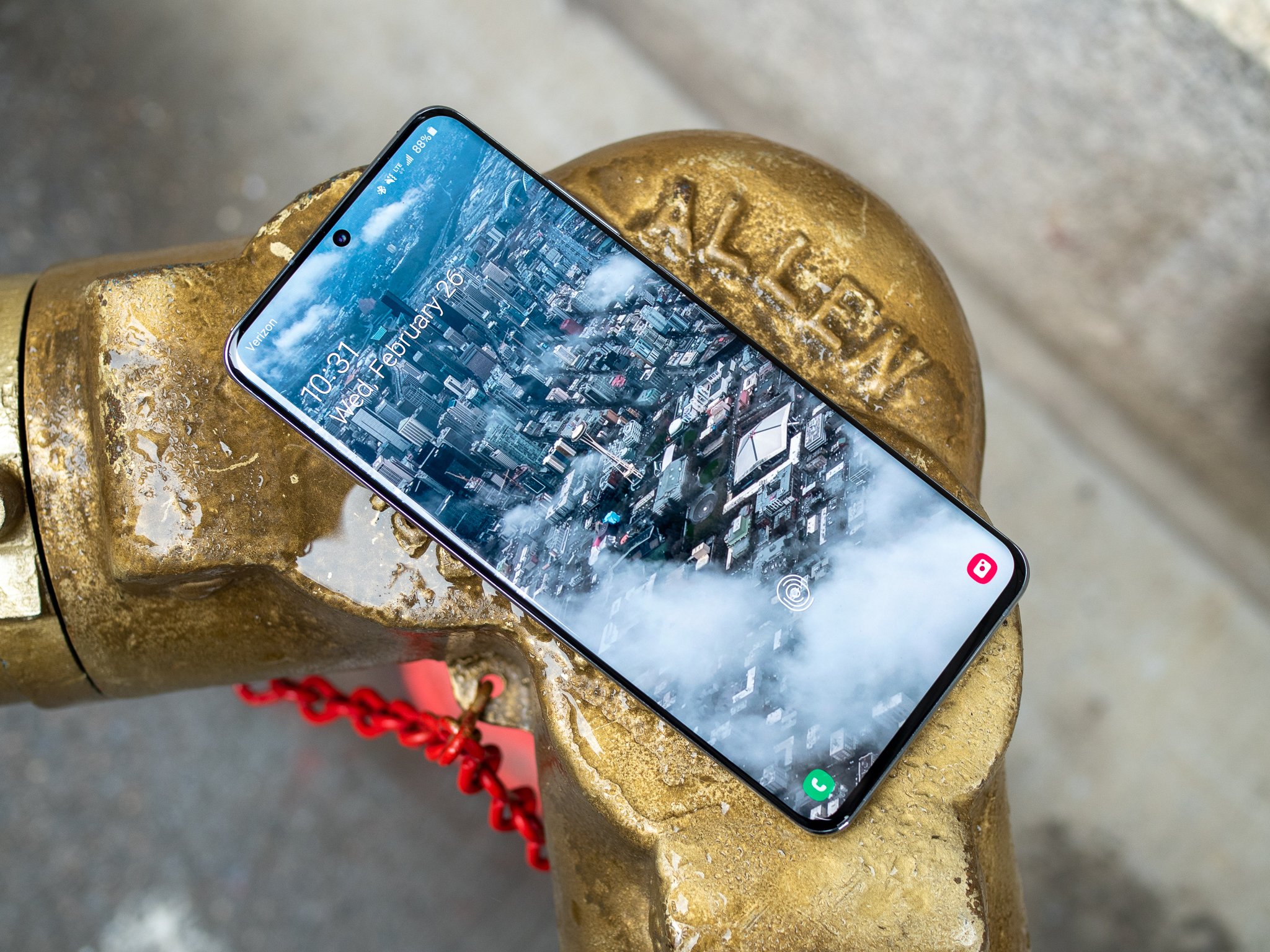
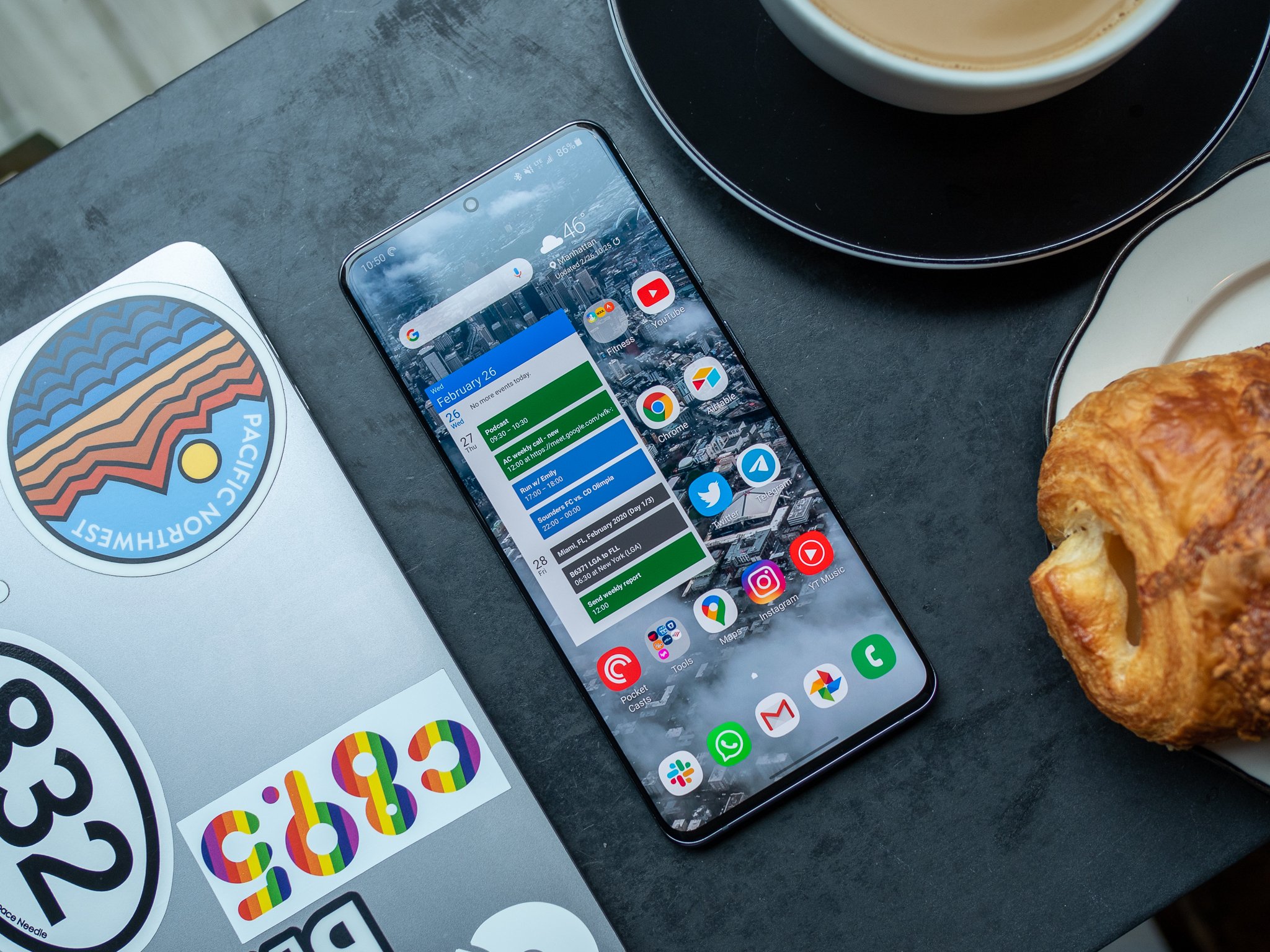
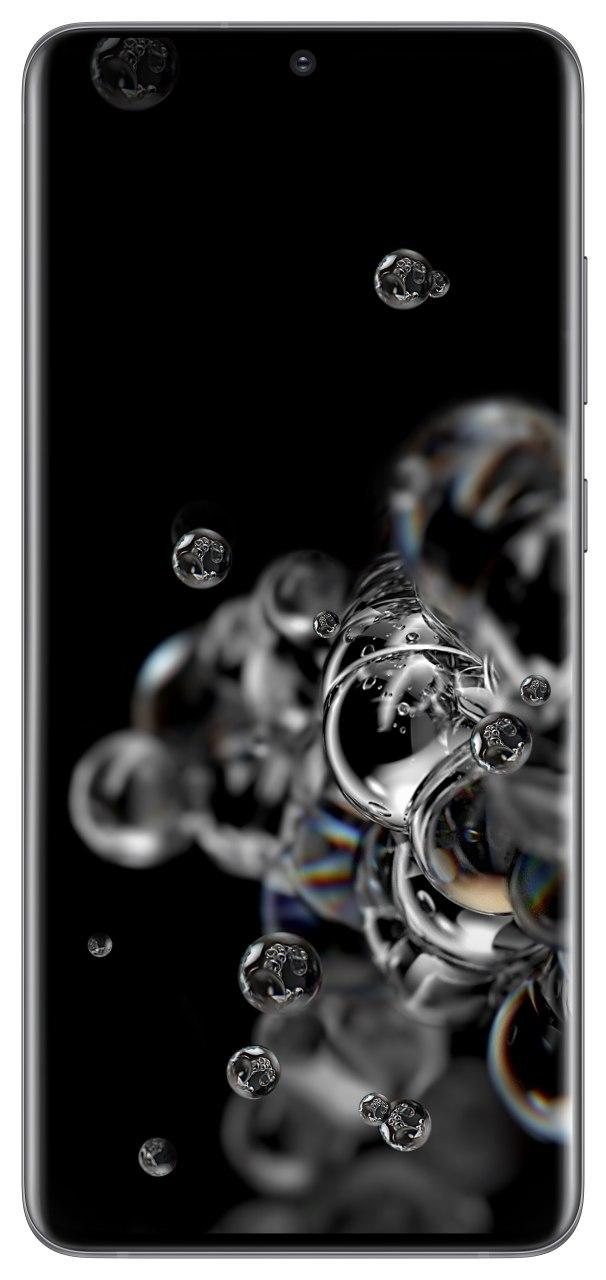
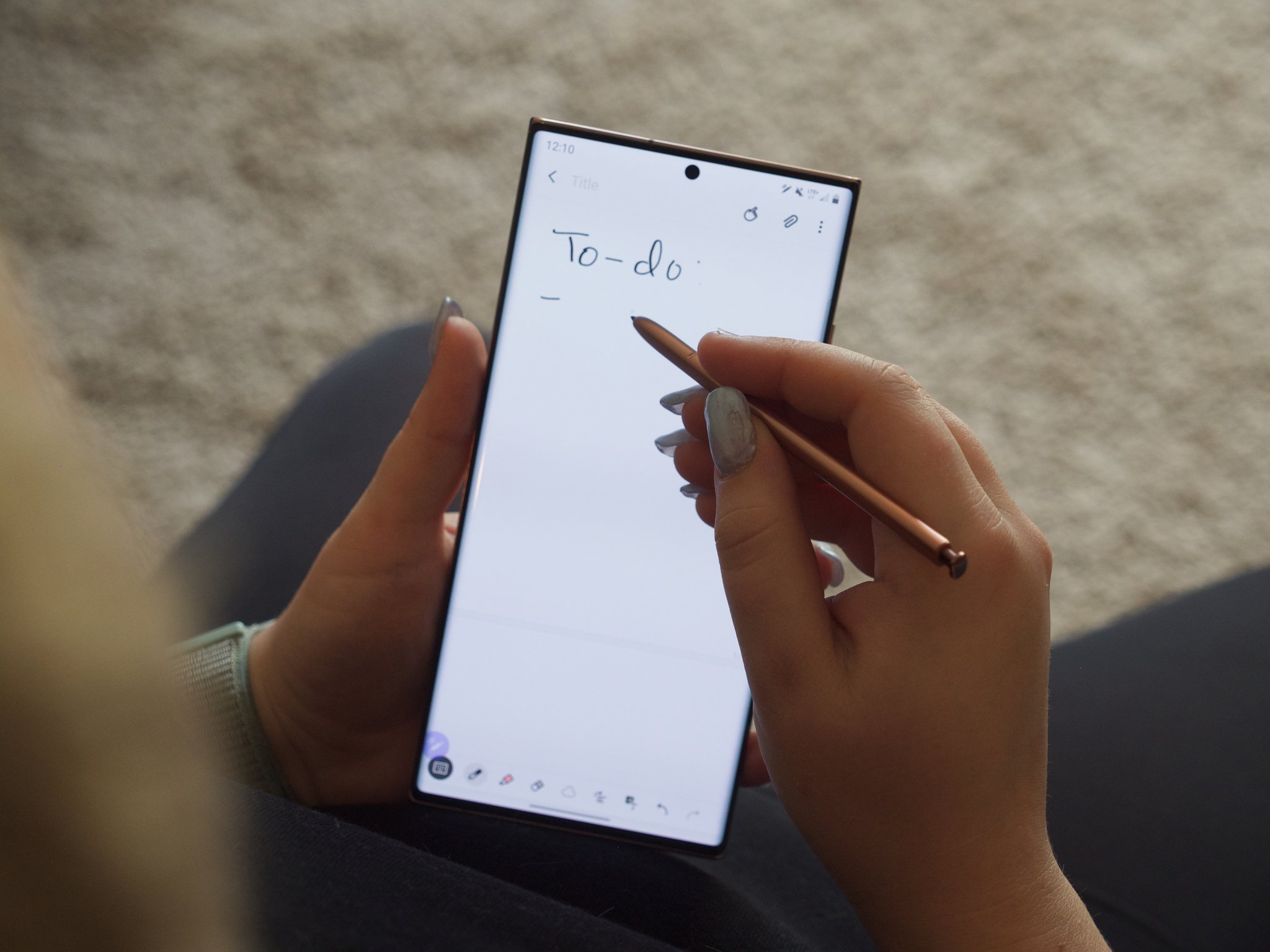
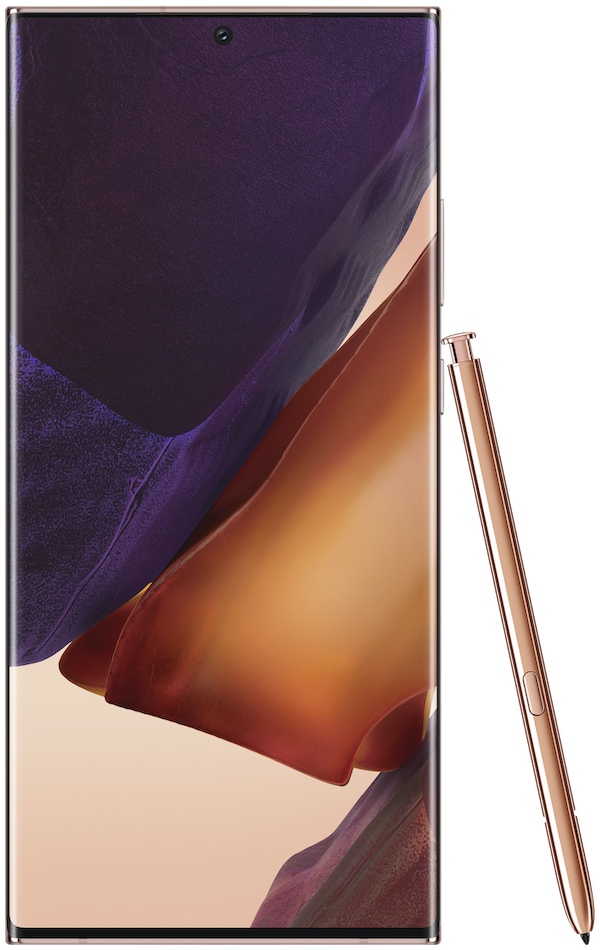
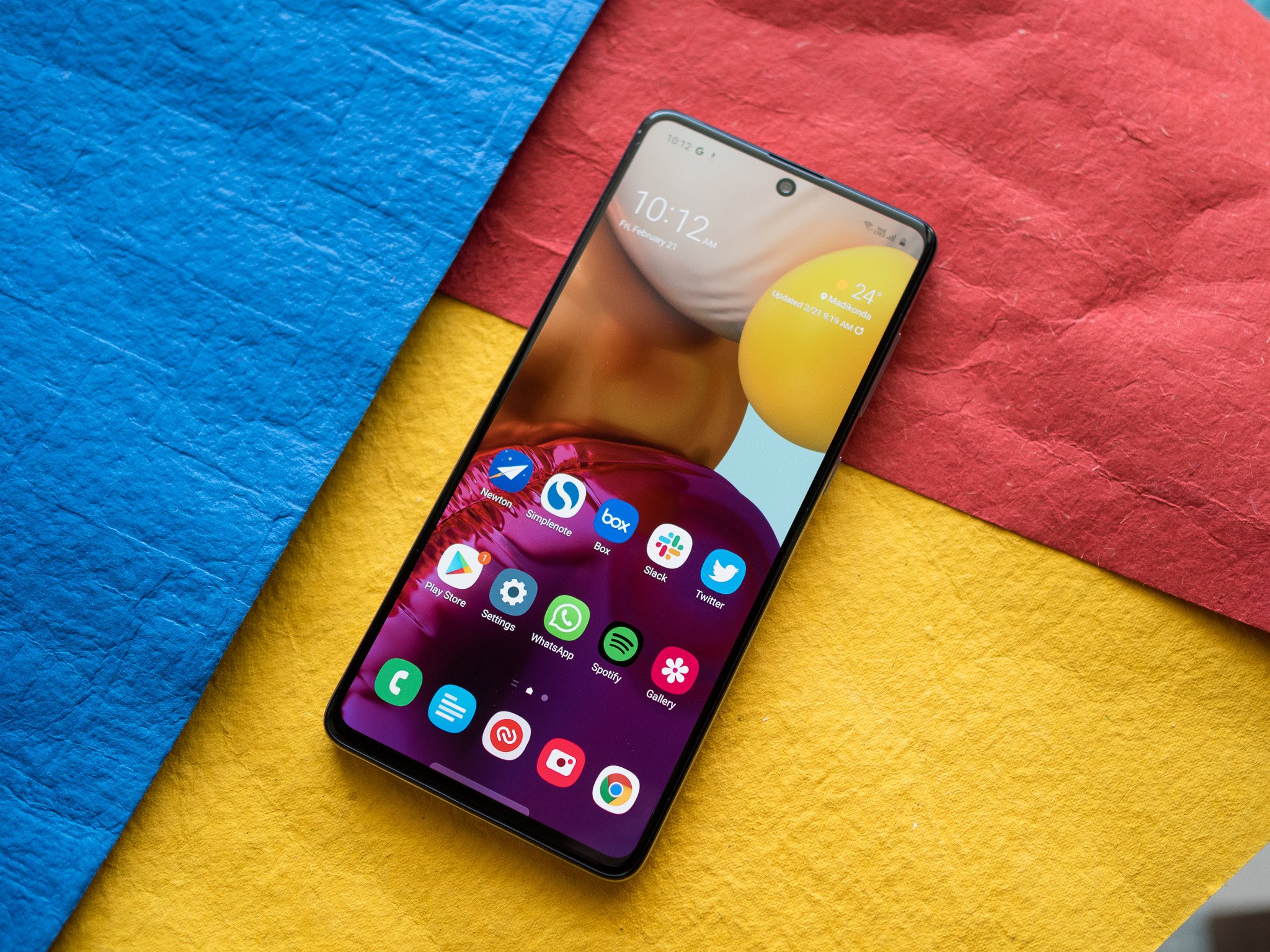

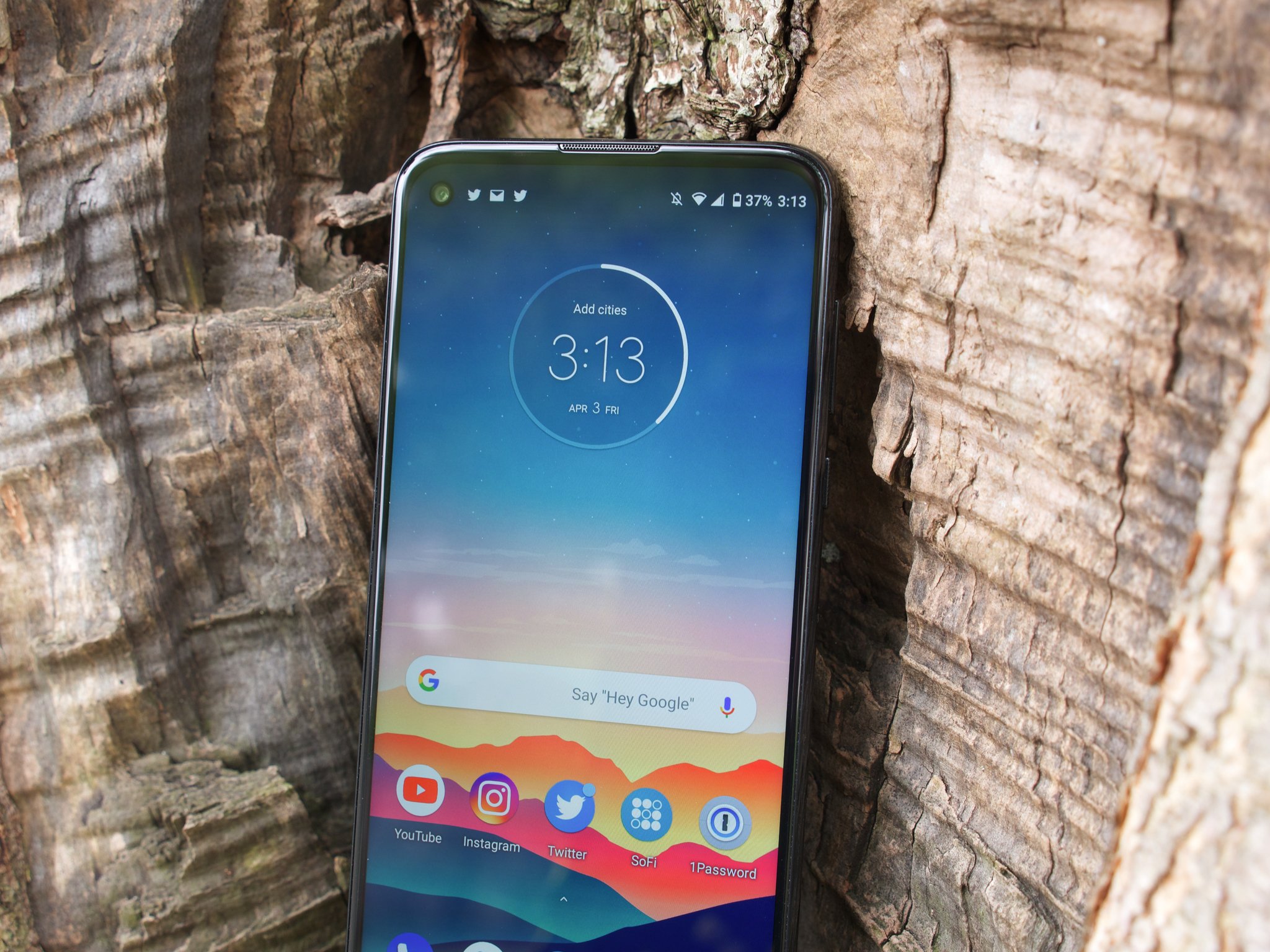
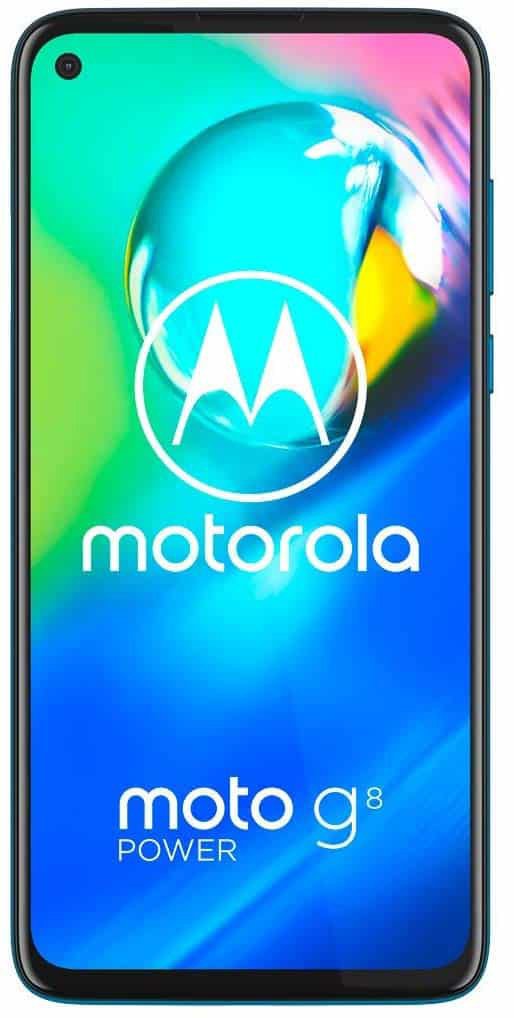


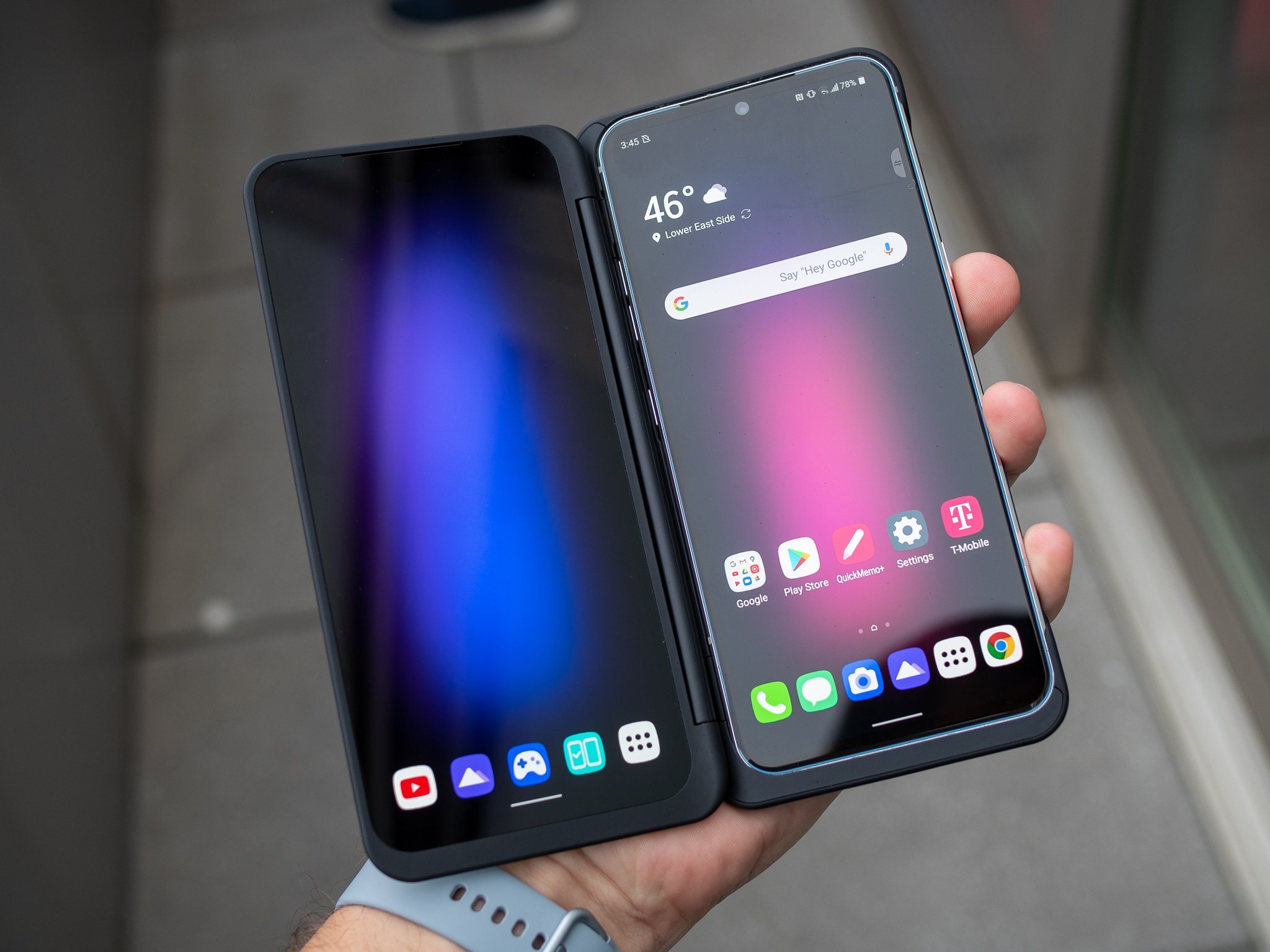
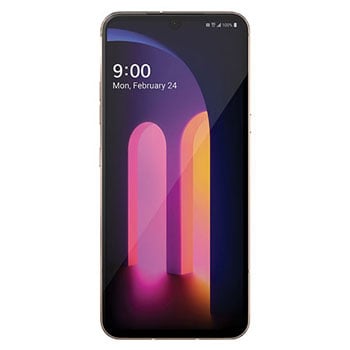
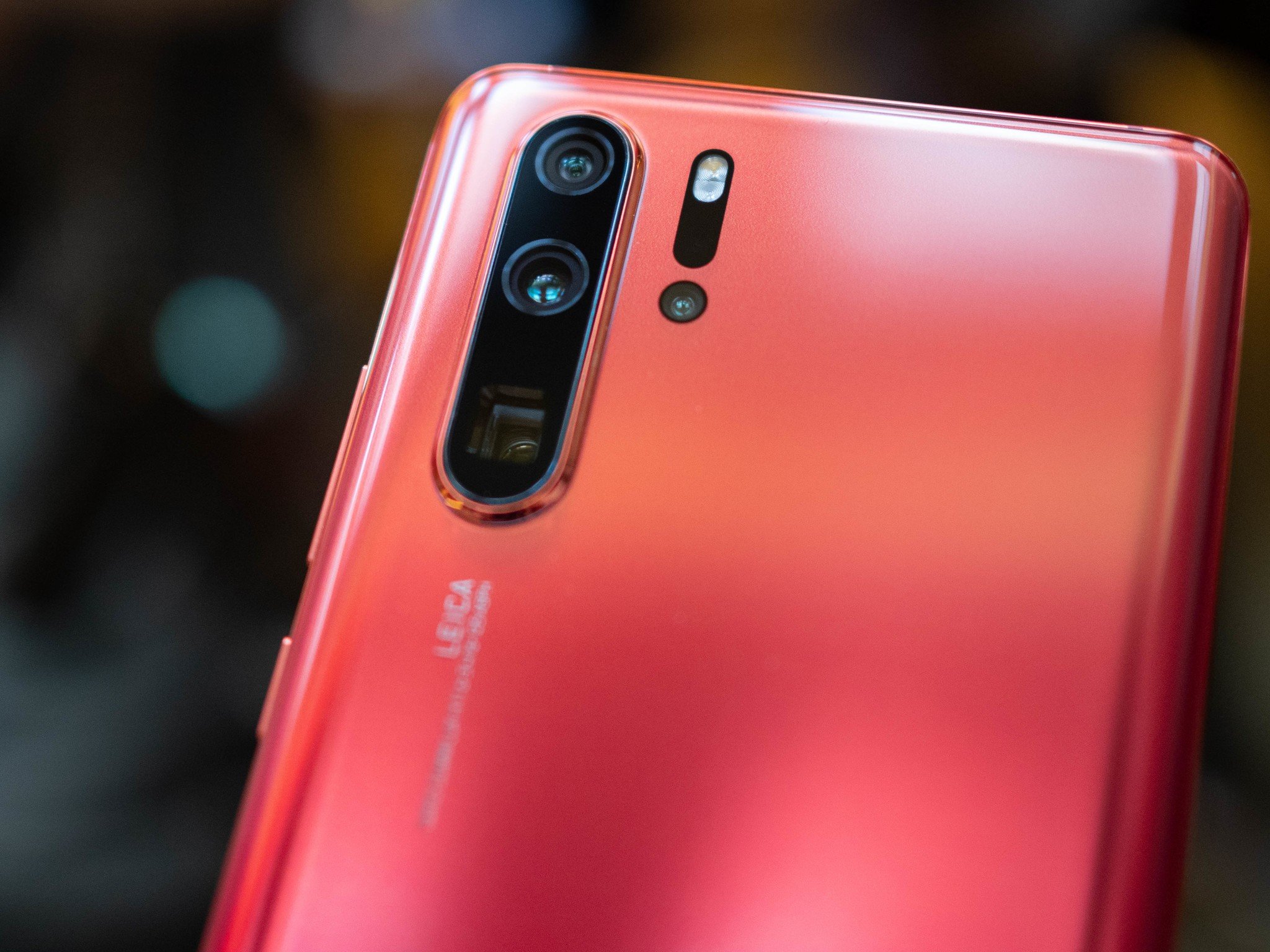
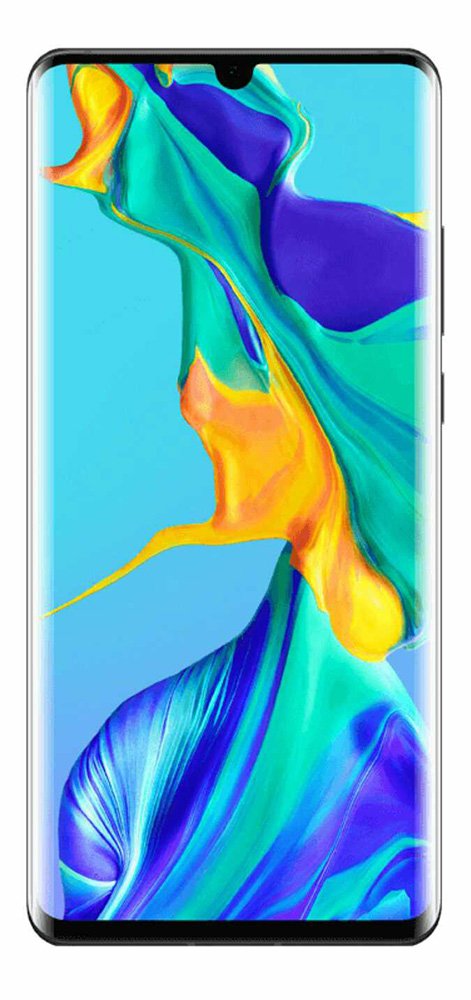

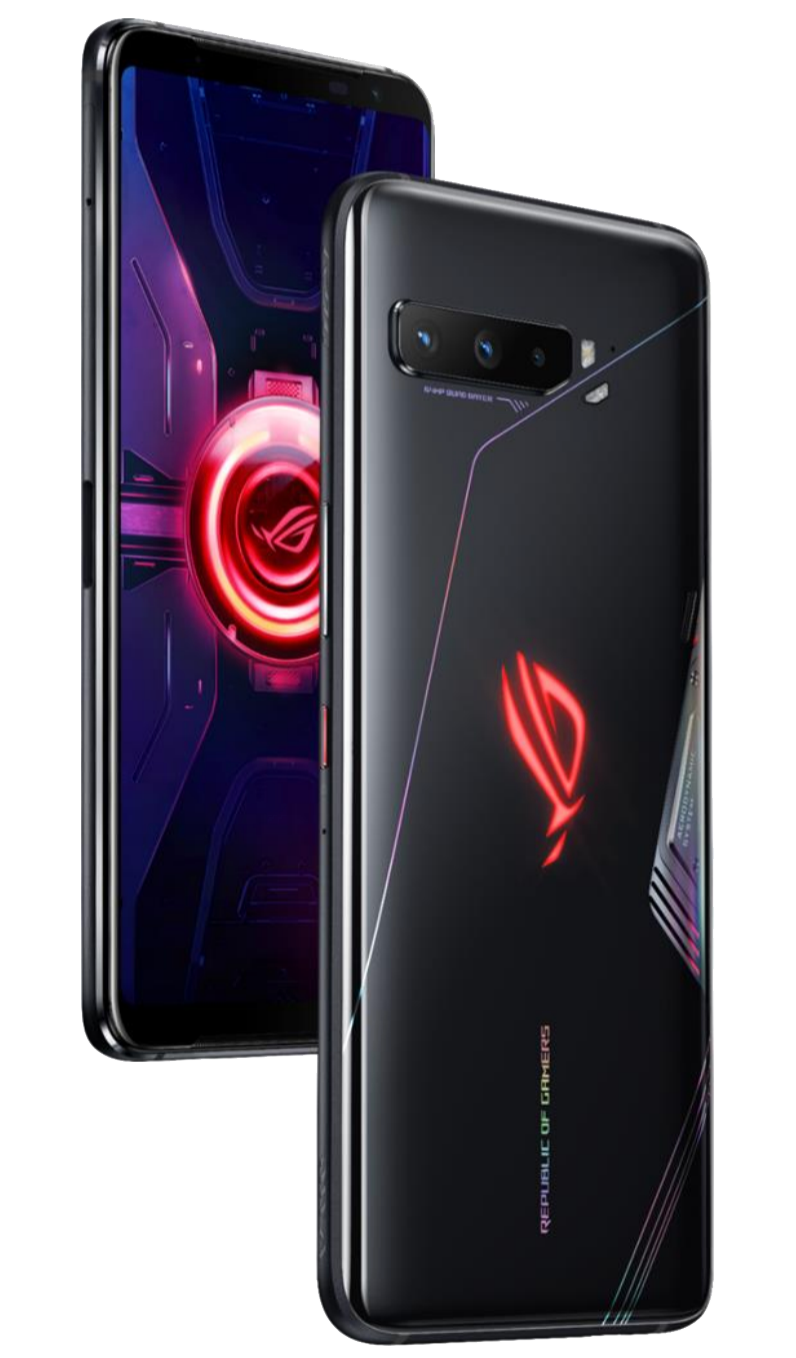

Tidak ada komentar:
Posting Komentar